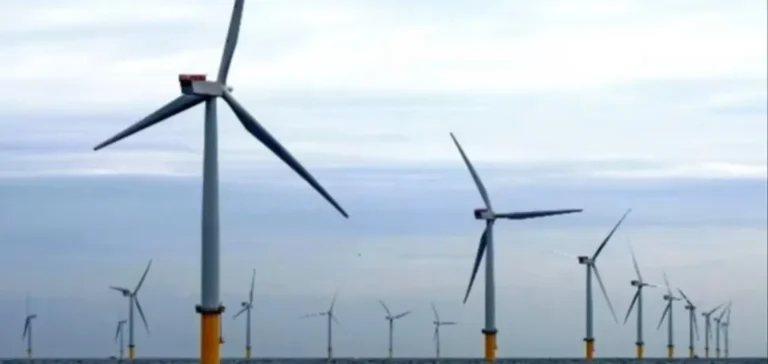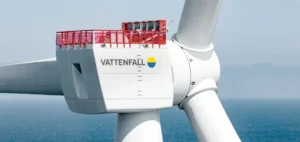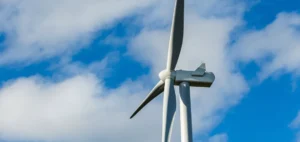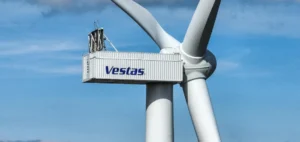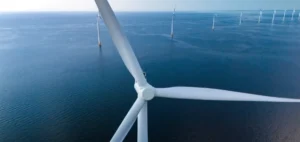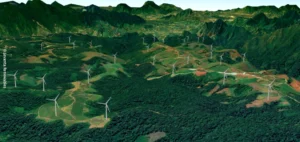Japan has passed a significant milestone in the development of its floating wind sector with the completion of eight turbines near the Goto Islands in the south-west of the archipelago. The project, which is expected to enter commercial operation in January, is the country’s first to reach this scale. It relies on floating structures that are better suited to the local seabed topography, marked by deep waters close to the coast.
A bet on technology suited to the geological context
Depth reaches 140 metres just five kilometres from shore, which makes fixed-bottom installation unsuited in many areas. Floating turbines are also viewed as more resilient in the face of the frequent earthquakes and typhoons in the region. These technical characteristics led the Japanese government to designate offshore wind as a pillar of its energy strategy towards 2040, with a target for wind to supply 4 to 8% of national electricity, compared with about 1% currently.
The country nevertheless remains dependent on thermal power plants fuelled by coal and hydrocarbons for 65% of its electricity. In 2024, renewables accounted for 26.7% according to the latest available data. To bridge this gap, the government has set a target of 45 GW of floating offshore wind capacity by 2040.
Industrial withdrawals and regulatory adjustments
Despite these ambitions, high development costs have already prompted notable exits. Mitsubishi Corporation announced in August its withdrawal from three offshore projects, citing the rise in global prices. Other sector operators have stated that stronger state support is needed, including a revision of the tendering system considered ill-suited to the current inflationary environment.
Several experts call for streamlined regulatory procedures and the introduction of adjustment mechanisms to reduce economic uncertainties. Improving investment conditions is seen as essential to accelerate deployment.
A local industry not yet fully structured
Japan does not yet have an industrial base sufficiently developed to support the required installation pace, estimated at 3 GW per year, or around 200 turbines of 15 MW. The lack of domestic turbine manufacturers and production sites is constraining scale-up prospects. Developing a domestic supply chain is viewed as an issue of energy sovereignty.
Technical defects have also been identified on the Goto project, which was delayed by two years due to structural issues on some turbines. Maintenance of these installations remains a major challenge, particularly in a complex maritime environment.
Complex relations with the fishing sector
The project has provoked tensions with some fishing communities, which say they were insufficiently consulted at launch. Nevertheless, revenue-sharing measures have been implemented, including redistribution of part of the proceeds from power production and land taxes. Some fishers were directly involved in site monitoring.
The national federation of fishing cooperatives has voiced concern after Mitsubishi’s withdrawal, highlighting the economic expectations created in coastal communities. Hopes are emerging around new employment opportunities, particularly in the maintenance of maritime infrastructure.


